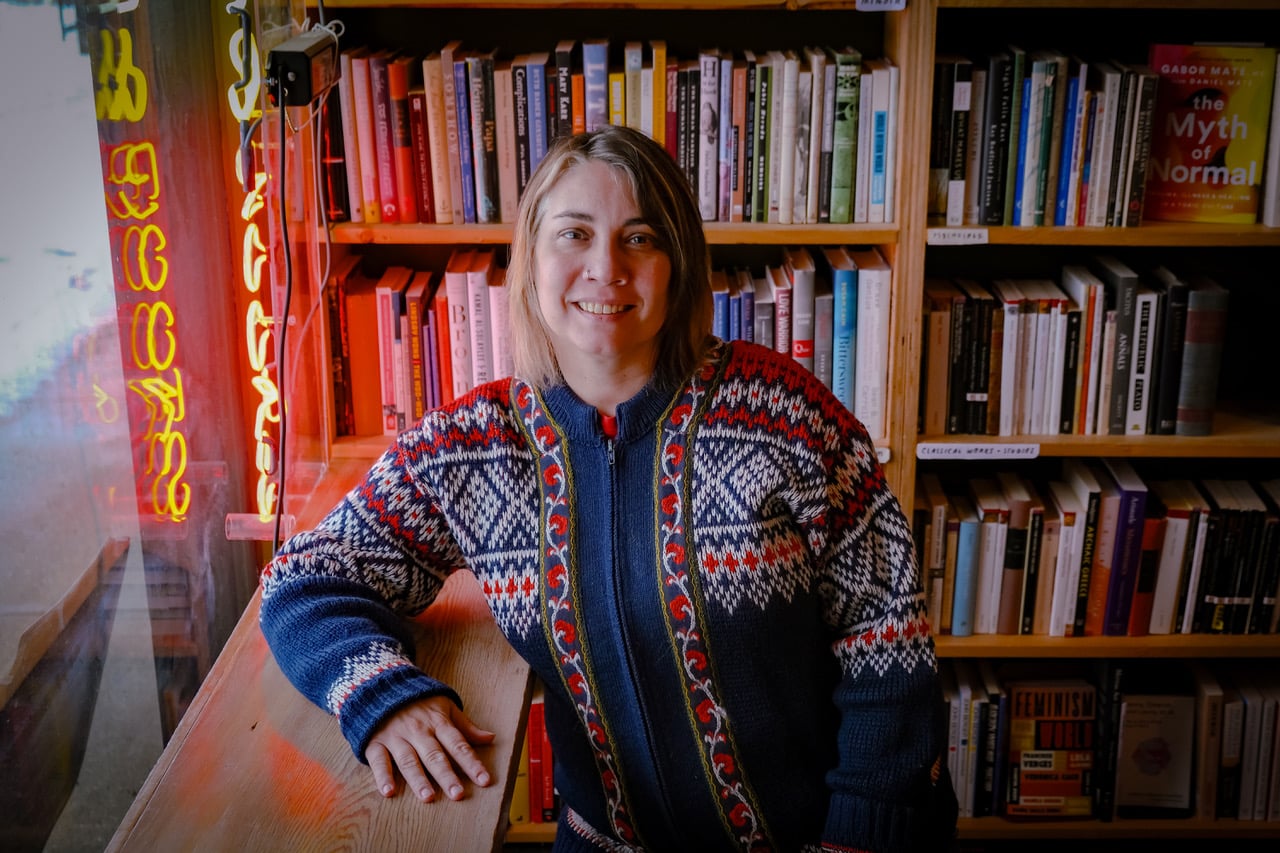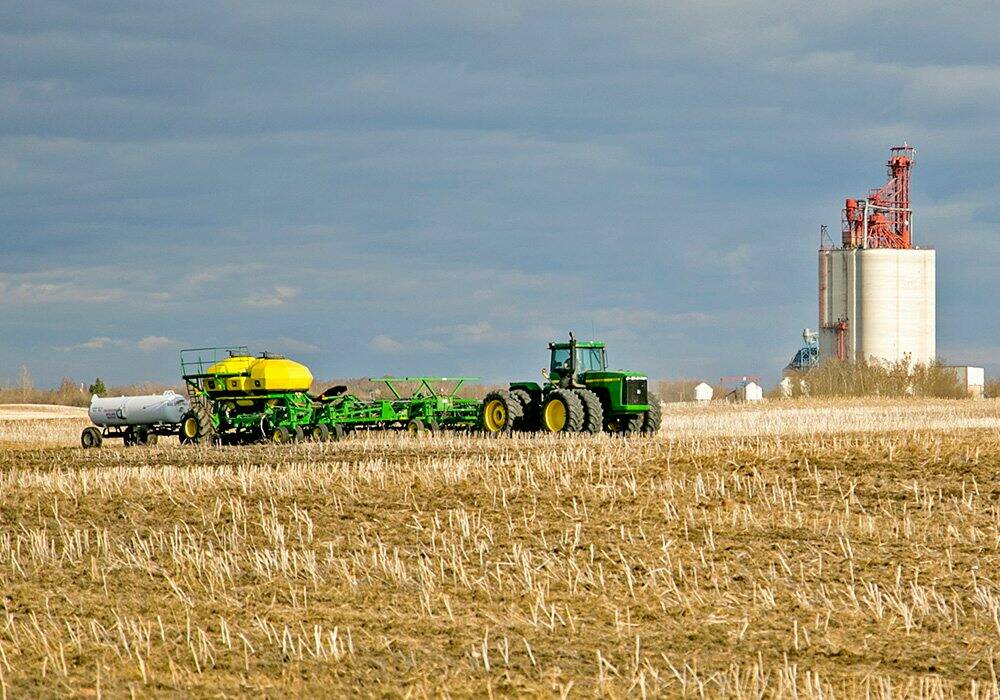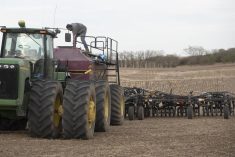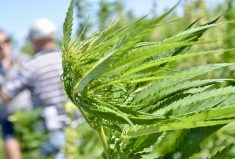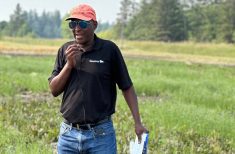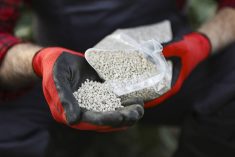Nitrous oxide is among the top greenhouse gases on the agricultural policy radar, but it’s not simple to measure those emissions directly. Trevor Coates, agricultural meteorologist and research scientist with Agriculture and Agri-food Canada in Lethbridge, Alta. is researching ways to hone the process, and he’s hoping smart technology is the answer.
WHY IT MATTERS: A federal goal of 30 per cent fewer greenhouse gas emissions from fertilizer is counting down the last five year’s of its timeline.
Coates noted the federal government’s 2030 goal to reduce fertilizer emissions by 30 per cent, compared to 2020 levels, by the end of the decade. That policy, announced in late 2020, has been controversial in agriculture. Some farmers and farm groups have worried the goal is a precursor to more overtly prescriptive policy, will ultimately limit farmers ability to use fertilizer, or that it does not properly account for stewardship practices farmers are already doing.
Read Also

Still hard to predict precise fertilizer payback
Despite decades of advances, international research finds no clear answer for where and when adding nutrient will fail to boost growth.
Others, including crop nutrition experts, have said the goal is realistic if it gets enough support.
Many farmers are working with the 4Rs — the right source at the right rate at the right time and at the right place — to minimize emissions, Coates acknowledged, but added that “one of the things that concerns us is that nitrous oxide emissions from soils are quite difficult to measure.”
Measuring emissions
Among other complications, nitrous oxide levels vary widely across sampling space and time, making generalized insights hard to hammer down.
“You can have hot spots in the field where maybe you’re more prone to emissions than other areas,” Coates noted. “We also have what’s called ‘hot moments,’ or these discrete periods of time where emissions are most likely to occur due to the right mix of environmental factors like soil moisture and temperature. It’s quite tricky to measure directly.”
To isolate what’s coming out of the ground from the rest of the air, researchers often use small, round chambers placed over the soils in agricultural fields. Air is then sampled to measure nitrous oxide concentrations.

The technical sophistication of that sampling can differ. Field capable, high precision analyzers can be used on-site with an automated chamber system. “Or there are other manual chambers where you take syringe samples over time, and then take the samples to the lab,” Coates said.
The Lethbridge research, though, hopes to find a new approach.
There are also other bits of knowledge that researchers can hopefully use to infer or project what’s happening in a field under the surface; for example, knowing how factors such as soil moisture and temperature affect soil processes, including how microbes break down excess nitrogen that becomes nitrous oxide.
“If we understand these conditions, that will help us better understand nitrous oxide emissions,” Coates said. “Soil moisture is an easier measurement to make than nitrous oxide emissions.”
Casting a sensor net
“Easier,” though, doesn’t mean those measurements aren’t complex. Soil moisture also varies across fields, as seen in the many mapping and modelling technologies on offer to help farmers improve their farm management decisions.
Capturing the full reality of that variability involves a lot of data collection.
“That’s where we turn to the Internet of Things,” said Coates, referring to the smart network of connected devices installed across the field.
“In your house, there’s probably a lot of internet connected things, including things like the thermostat,” he said.
In this case, such a network allowed researchers live access to conditions on the farm.
Information was collected from three sites in the first year of the project, Lethbridge and two Saskatchewan sites: Melfort and Swift Current. Researchers at one Saskatchewan site installed more than 50 sensors, reporting data in near-real time.
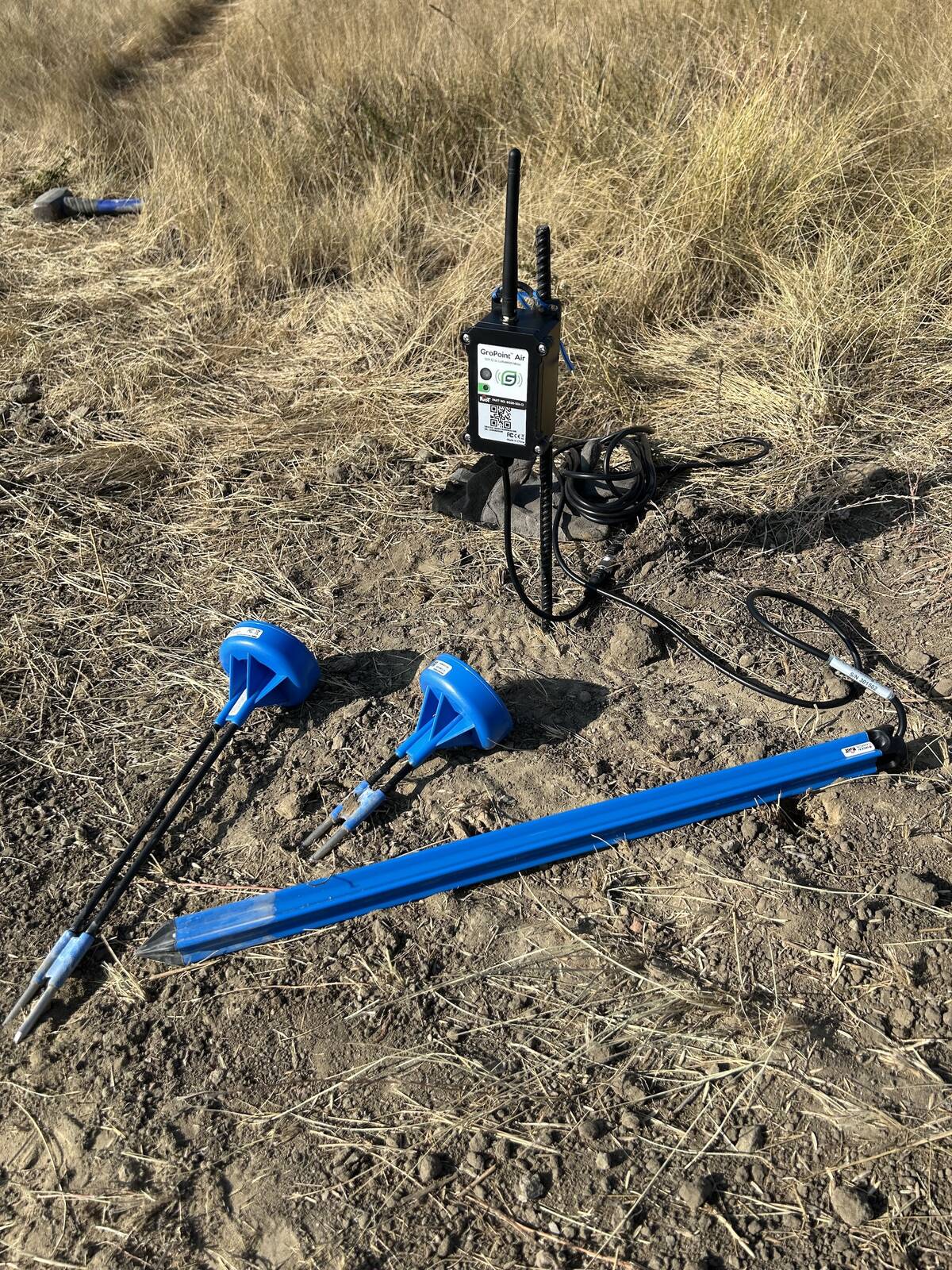
The project’s fleet of sensors requires robust connectivity in order to make the system hum. Researchers are relying on long range area networking technology that connects devices over distance to make that happen.
“It’s very well suited to farm scale measurements, because we can set up a gateway, which is a small device that gives us our internet connection, and that can connect with the wireless sensors that we place in the field,” Coates said. “Once we have that gateway in place, then we can connect hundreds of sensors and communicate with that gateway wirelessly.”
Some of the sensors being used are carbon dioxide probes, which can be pressed into the soil, and then communicate with the gateway.
“We can see that data coming through our digital dashboard, or we can see that information on a phone. The real power of that comes in the fact that, once we have a better understanding of what of that data is telling us, then we can develop some real time analytics,” the researcher noted.
The study is in early days, Coates said, but they’ve already seen the benefit of being able to collect more data across the field and observe variations driven by even small landscape changes.
Nitrogen models
Data from the sensor net will then go to inform digital modelling of nitrogen dynamics.
The research is being fed into the Denitrification-Decomposition Model, which has been used to project crop yields and crop greenhouse gas emissions in Canada since 2011.
“It’s in the early stages, but we have had some success this year. It’s just fairly new technology,” Coates said.
Ultimately, researchers hope the information they gather can help validate or adjust fertilizer policy.
“What we are trying to do is try to see if we can fine tune some of the recommendations,” he said. “If we understand the soil moisture and soil temperatures across the field, can we use that data to make some recommendations about fine tuning the timing of when to apply that nitrogen? Perhaps we could, and that’s the benefit of the Internet of Things, because it gives us sort of real-time access to the on-farm conditions. Our goal is to see if we can make some decisions, to get some real-time feedback to farm managers.”

